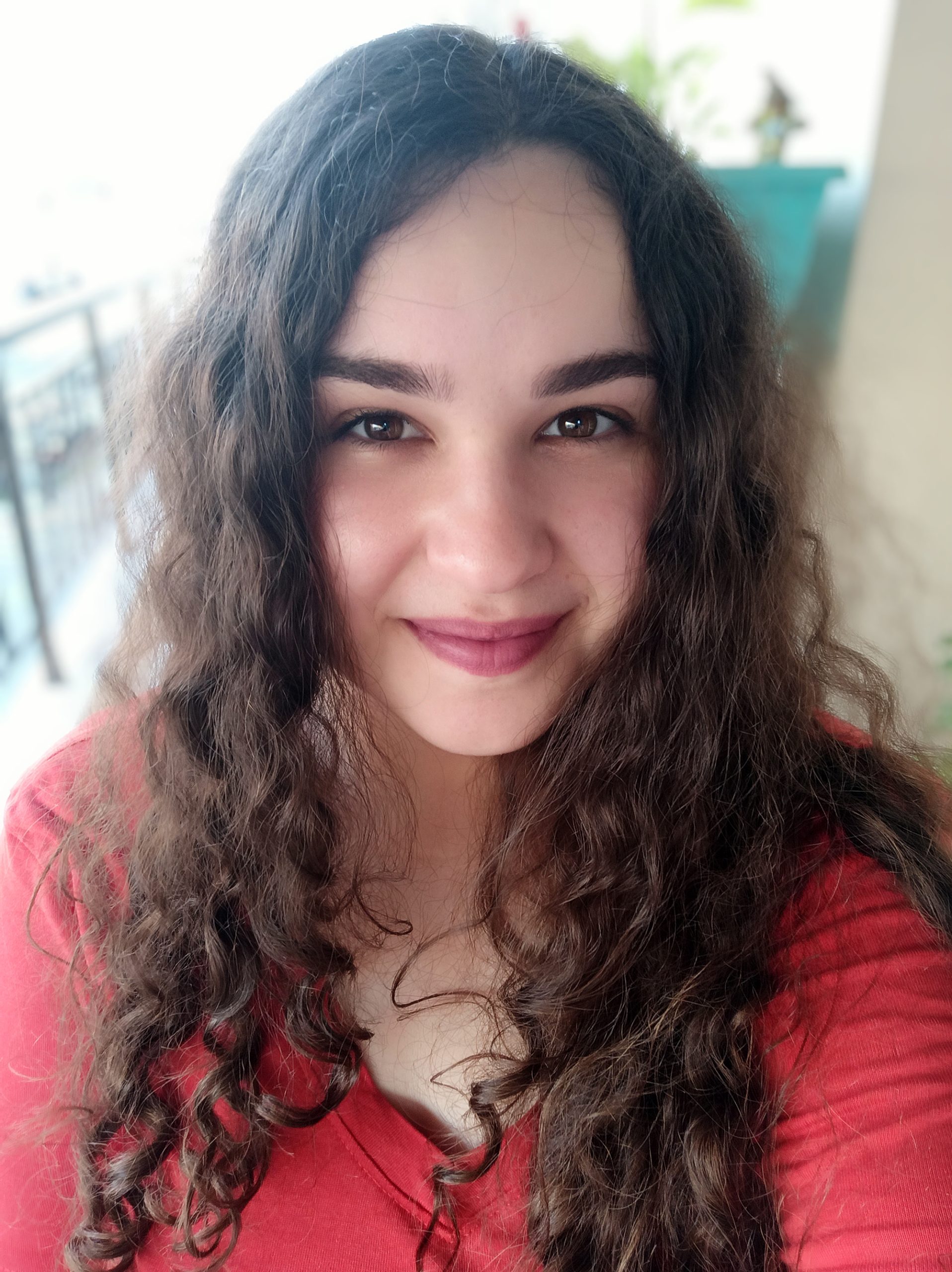About sticky spacers and childhood dreams – Interview with a young researcher
In our minds, the image of healing is inextricably linked with images of reunification: Wounds closing, bones growing together, nerve endings finding each other again. The surgeon sutures the edges of the wound together. A nail fixes parts of the bone. In other words: after an accident, we are patched up in hospital. But what if something grows together in our body that doesn’t belong together at all?
Today I have the honour of talking to Chrissie Baltzaki, MSc. She is a member of the Soft Tissue Regeneration Group at the Ludwig Boltzmann Institute of Traumatology (LBI Trauma for short), the research centre in cooperation with AUVA. In this interview, the young scientist from Greece talks about her research into special biomaterials that are designed to keep apart what does not belong together.
What fascinates me so much about your materials is that they are so counterintuitive for me. Trauma surgery is so often about reuniting things that have been separated. In which situations is this undesirable?
We deal specifically with post-operative adhesions. Injuries or surgical incisions result in healing areas that sometimes grow back together in an undesirable way. This is a particular problem in the abdominal cavity, where many different tissues are in contact with each other and yet should be able to move freely.
What happens when tissue in the abdomen grows together?
That depends entirely on which tissues are involved. If the intestines or abdominal wall grow together, this can result in digestive problems or even intestinal obstruction. If the ovaries or uterus grow together with the abdominal wall, this can lead to infertility and pain in the lower abdomen. Pain is a symptom common to all types of adhesions.
How are these adhesions treated?
Once they have formed, they must be separated by another operation. However, there is a high risk that the two tissues will grow together again. Effective spacers are needed.
And you’re working on that?
Exactly. In our multidisciplinary group of doctors, chemists and biologists, we are developing materials to prevent these adhesions. They act like a spacer. It is particularly important to us that they can also be used laparoscopically, i.e. during a laparoscopy. And that the material is well biocompatible and remains in the body for exactly the right amount of time. The body should break it down in 7 to 14 days. This is just long enough to effectively prevent adhesions.
Our abdomen is constantly in motion. How does your material stay in place? Is it stitched?
No, our biomaterial sticks by itself. Nothing can slip out of place. The paste covers the entire wound area and prevents it from growing in the wrong place. To do this, it must be both biocompatible and cell-repellent. The degradation products must also not irritate the body.
I am also always interested in the people behind the research. How did it come about that you are now doing research in Vienna?
It’s actually quite simple. I had just finished my Master’s degree at the University of Crete and knew that I wanted to stay in Europe and work in tissue regeneration. So I sat down and wrote a list of people and institutions I would like to work for. Heinz Redl [former head of LBI Trauma] was at the top of that list. A professor helped to suggest a collaboration with him in the Erasmus programme and it worked out! I got my trauma research position.
Let’s go back one step further. What made you want to become a researcher?
I knew from the age of five that I wanted to be a scientist. My grandfather is a physicist; he had his own laboratory and also taught chemistry and biology. He took me into the lab as a small child and showed me experiments. As I got older, I was fascinated by biomaterials and tissue regeneration – the concept of creating materials that could be implanted into the body and then become part of the body. Now I have finally managed to pursue this path. I want to help people with my research.
What does a day in the life of an Erasmus researcher at the LBI Trauma look like?
Thanks to our collaboration with the Vienna University of Technology, I get to use the TU labs. It’s usually quieter there than at the trauma centre headquarters. The chemistry lab is very well equipped and we have a lot of space there. For in vitro tests, I go to the LBI Trauma Centre. There, in the cell culture lab, I test whether cells grow into our material. I can already reveal that they do not. And that’s a good thing.
